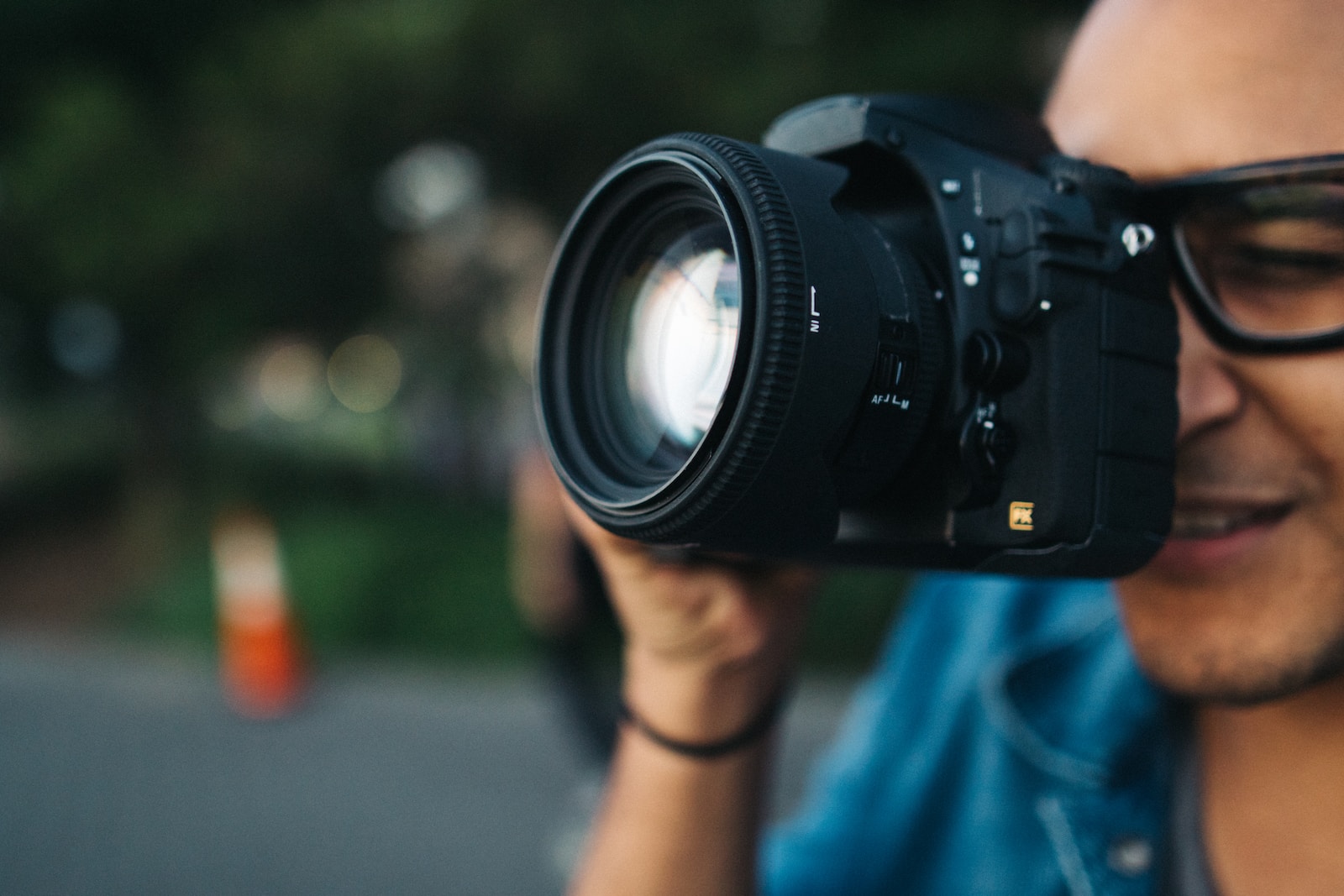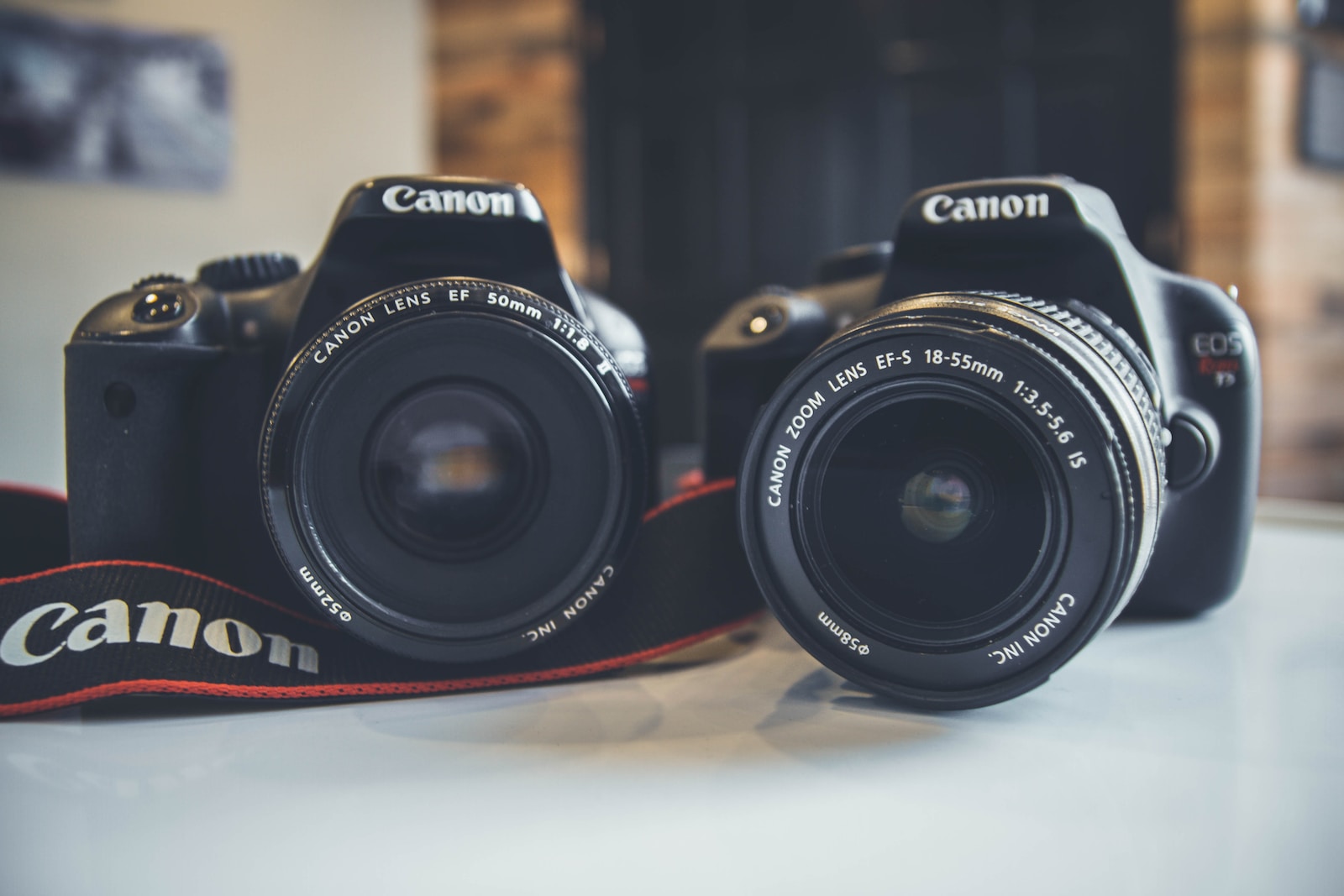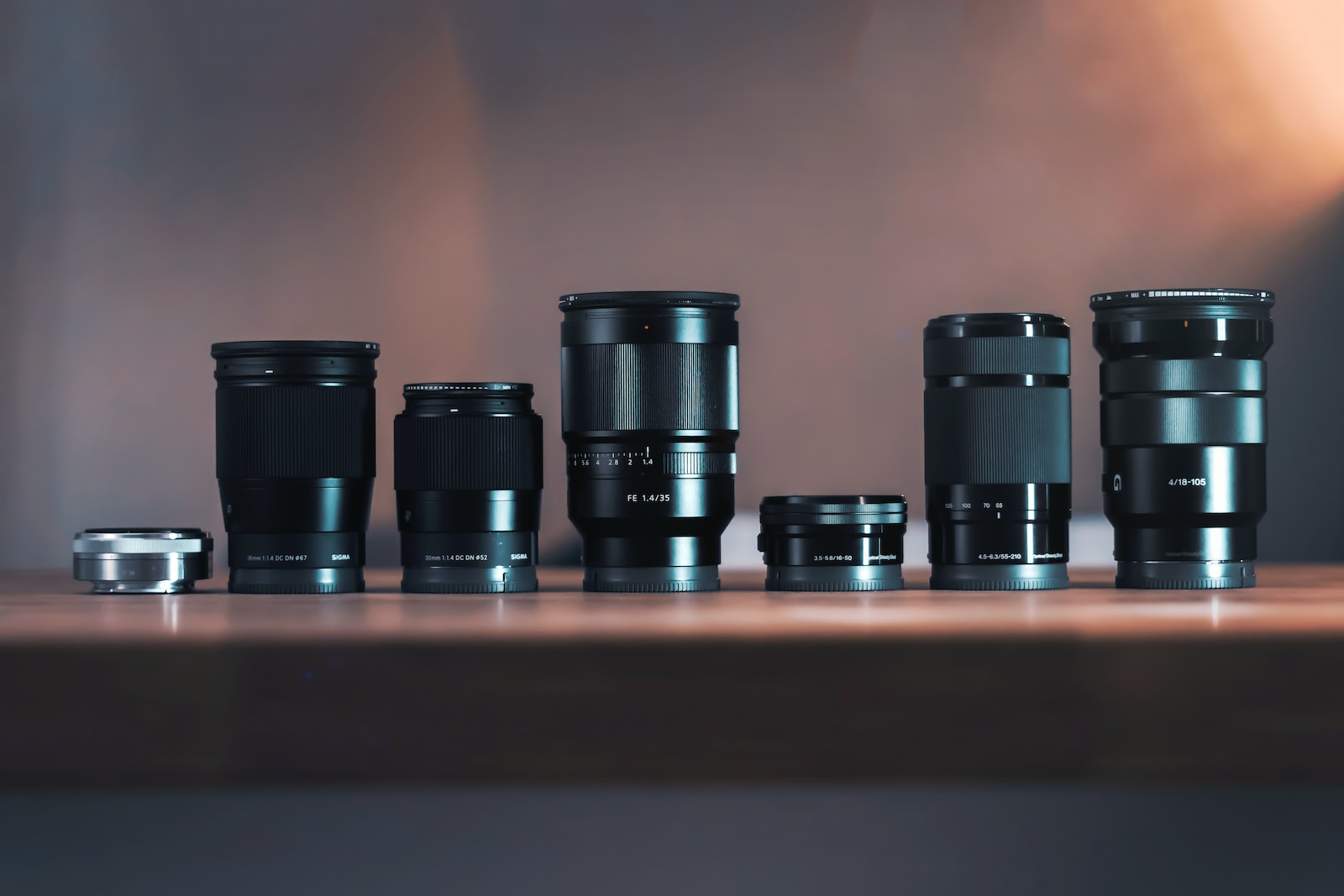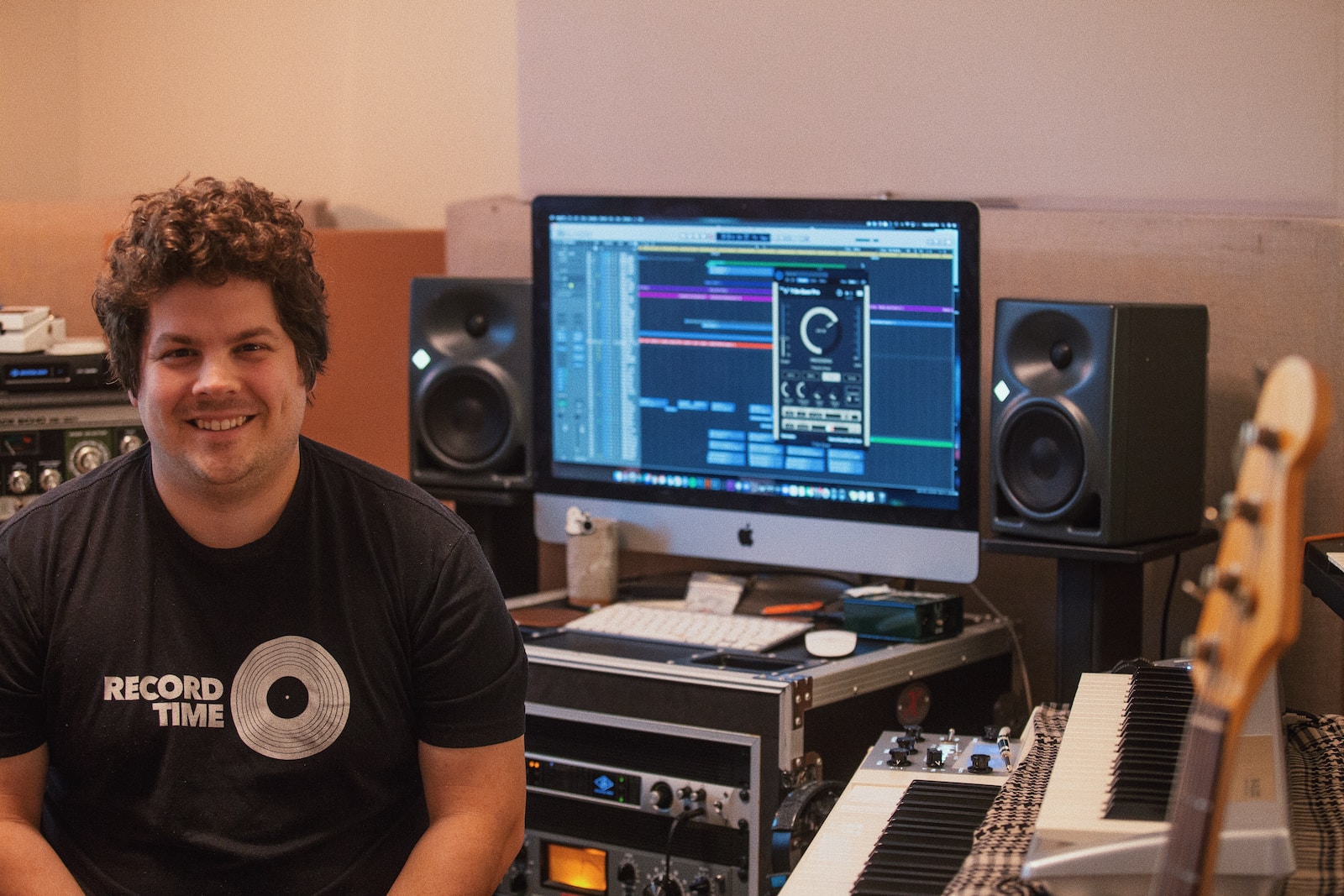Are you a photography enthusiast looking to elevate your skills? Understanding DSLR lens filters is crucial for capturing stunning images. In this blog, we will delve into the different types of lens filters available, their specific uses, and when you should consider incorporating them into your photography. Whether you are a beginner or an experienced photographer, this comprehensive guide will provide valuable insights and tips to help you make the most of your DSLR lenses. Let’s dive in!
Table of Contents
- Understanding DSLR Lens Filters: An In-Depth Guide
- UV Filters: Protecting Your Lens from Harm
- Polarizing Filters: Enhancing Colors and Reducing Glare
- Neutral Density Filters: Controlling Light Intensity
- Graduated Neutral Density Filters: Balancing Exposure in Landscapes
- Color Filters: Adding Drama and Creativity
- Infrared Filters: Unleashing the World of Infrared Photography
- When to Use Lens Filters: Choosing the Right Moment
- Case Study: Overcoming Challenges with DSLR Lens Filters
- Frequently Asked Questions
- 1. What are lens filters and why should I use them?
- 2. What types of lens filters are available?
- 3. What does a UV filter do and when should I use it?
- 4. When should I use a polarizing filter?
- 5. What is the purpose of neutral density (ND) filters?
- 6. When should I consider using graduated neutral density (GND) filters?
- 7. Can I use color filters to enhance my photography?
- 8. Do I need to buy different filters for each lens?
- 9. Are there any drawbacks to using lens filters?
- 10. Where can I purchase lens filters?
- Wrap Up
Understanding DSLR Lens Filters: An In-Depth Guide
UV Filters: Protecting Your Lens from Harm
UV filters are perhaps the most common type of lens filters used by photographers worldwide. While their primary purpose is to protect your lens from dust, scratches, and fingerprints, they also serve the useful function of cutting out UV rays that can cause unwanted haziness or color imbalance in your photographs. These filters are essential for safeguarding your lens, but they can also have an impact on the overall image quality.
Polarizing Filters: Enhancing Colors and Reducing Glare
If you’ve ever struggled with reflections or unwanted glare in your outdoor photographs, a polarizing filter is your secret weapon. These filters work by selectively filtering out polarized light, which not only reduces glare but also enhances color saturation and contrast. With a polarizing filter, you can capture stunning landscapes with vivid blue skies, deeper foliage tones, and even eliminate unwanted reflections from shiny surfaces.
Neutral Density Filters: Controlling Light Intensity
Neutral density (ND) filters are a powerful tool in a photographer’s arsenal, especially when it comes to long-exposure techniques. These filters are designed to limit the amount of light that enters the camera, allowing you to use slower shutter speeds even in bright lighting conditions. ND filters are commonly used to achieve silky smooth waterfalls, streaking clouds, and motion blur effects. By controlling light intensity, ND filters open up endless creative possibilities.
Graduated Neutral Density Filters: Balancing Exposure in Landscapes
In landscape photography, it’s not uncommon to encounter a scene with a significant difference in brightness between the sky and the foreground. Graduated neutral density (GND) filters are specially designed to address this challenge. With a GND filter, you can balance the exposure by darkening the sky portion while keeping the foreground properly exposed, resulting in well-balanced and breathtaking landscape images.
Color Filters: Adding Drama and Creativity
If you’re looking to experiment with creative effects and add a touch of drama to your images, color filters are the way to go. These filters allow you to modify the colors in your photographs by selectively blocking or enhancing certain wavelengths of light. Whether you want to intensify warm tones with a red filter, cool down the scene with a blue filter, or create a vintage vibe with a sepia filter, the possibilities are endless with color filters.
Infrared Filters: Unleashing the World of Infrared Photography
Did you know that your camera can capture a whole new world through infrared filters? Infrared photography allows you to see beyond what is visible to the naked eye, capturing stunning black-and-white or surreal color images. By using an infrared filter, you can block visible light and only allow infrared light to pass through, resulting in unique and captivating photographs with ethereal qualities.
When to Use Lens Filters: Choosing the Right Moment
Knowing when to use lens filters is key to getting the most out of your DSLR lenses. While there are no hard and fast rules, certain situations call for specific filters. Whether you want to capture a vibrant sunset, minimize reflections in water, or create dreamy long exposures, understanding the conditions and the desired effect will guide you in selecting the appropriate filter. With practice and experimentation, you’ll develop an intuition for when to reach for your lens filters.
The world's most expensive lens filter, the Singhray Platinum IRND, can cost a staggering $1,300.
With a solid understanding of DSLR lens filters and their various uses, you can start exploring new dimensions in your photography. Whether you’re a landscape enthusiast, a portrait photographer, or simply enjoy experimenting with different techniques, incorporating lens filters into your workflow can significantly elevate your images. Remember to select filters that align with your creative vision and practice using them to achieve the desired results. So, grab your camera, experiment with different filters, and prepare to capture stunning photographs like never before!
Case Study: Overcoming Challenges with DSLR Lens Filters
One of the biggest challenges photographers face when using DSLR lens filters is deciding which type to use and when. To shed some light on this topic, let’s consider a real-life case study of a photographer named Sarah.
Background
Sarah, an experienced nature photographer, faced a common problem while trying to capture stunning landscape images. She often found that her images lacked the vibrant colors and contrast she wanted, especially when shooting in bright sunlight.
Identifying the Issue
After some research, Sarah realized that using lens filters could potentially solve her problem. However, she had no prior experience with filters and became overwhelmed by the numerous options available.
Instead of giving up, Sarah decided to learn more about lens filters and their specific uses, hoping to find a solution to enhance her landscape photography.
Testing Different Filters
Armed with new knowledge, Sarah started experimenting with different types of lens filters during her outdoor shoots. She focused her efforts on three main categories: polarizing filters, neutral density filters, and graduated neutral density filters.
Initially, Sarah didn’t notice much of a difference when using the polarizing filter. However, her patience paid off when she encountered a water body with intense reflections on a sunny day. The polarizing filter helped reduce the glare and enhanced the color saturation, resulting in vibrant reflections and a more visually captivating image.
The neutral density filter was tested in various scenarios, from capturing silky smooth waterfall shots to reducing the exposure in bright conditions. Sarah quickly learned how this filter effectively controlled the amount of light entering the lens, allowing her to experiment with long exposures and achieve stunning results.
Lastly, Sarah experimented with graduated neutral density filters to balance exposure between the sky and the foreground in landscape photography. By using these filters, she was able to preserve details in both the bright sky and the darker terrain, resulting in more evenly exposed images.
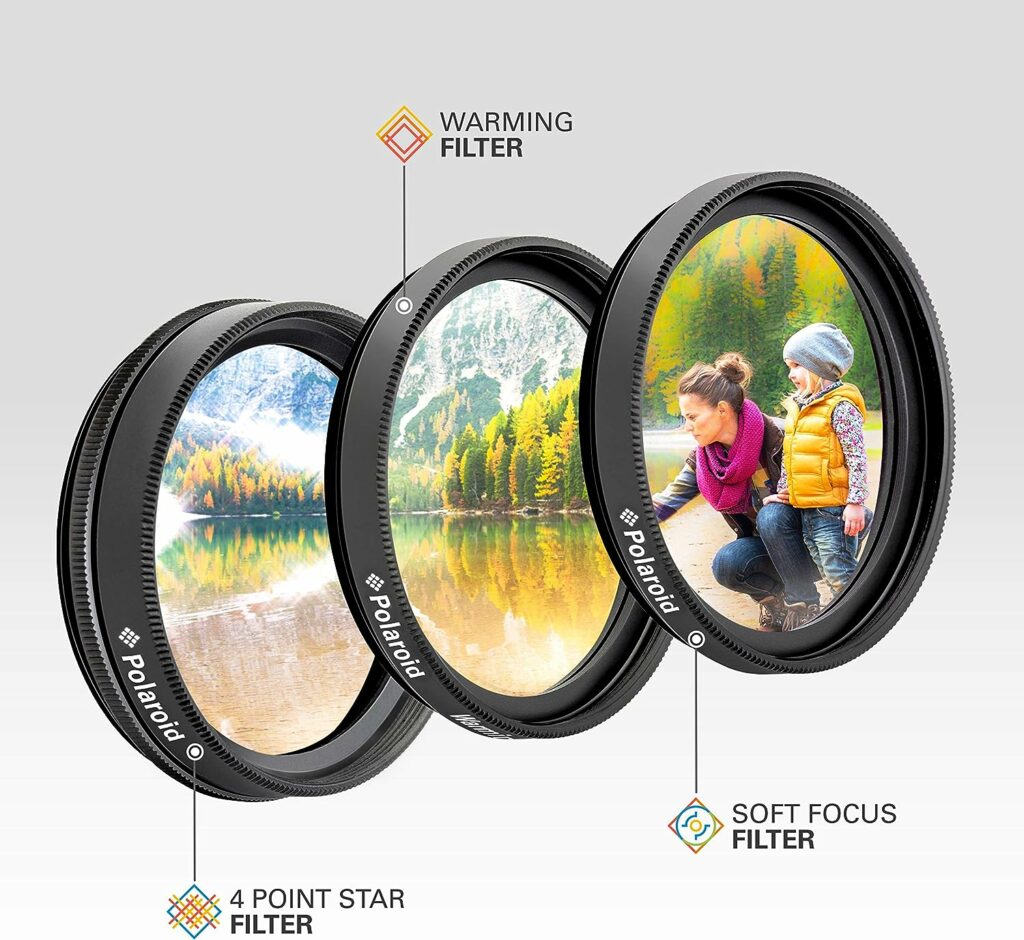
Through persistence and experimentation, Sarah overcame her initial confusion about lens filters and discovered their true potential. By understanding the unique uses of different filters, she was able to enhance her landscape photography and capture breathtaking images with improved colors, contrast, and exposure balance.
In conclusion, DSLR lens filters are powerful tools that can elevate your photography to new heights. Whether you’re shooting landscapes, portraits, or even street photography, experimenting with different types of filters can help you overcome various challenges and achieve professional-looking results.
Frequently Asked Questions
1. What are lens filters and why should I use them?
Lens filters are accessories that you can attach to the front of your DSLR lens to enhance or manipulate the image. They can help you achieve different effects and improve the overall quality of your photographs.
2. What types of lens filters are available?
There are several types of lens filters available, including UV filters, polarizing filters, neutral density (ND) filters, graduated neutral density (GND) filters, and color filters.
3. What does a UV filter do and when should I use it?
A UV filter helps to reduce the haze and ultraviolet light that can affect your photographs, especially in high-altitude or coastal areas. It also acts as a protective layer for your lens, shielding it from dust, moisture, and scratches. It is recommended to keep a UV filter on your lens at all times.
4. When should I use a polarizing filter?
A polarizing filter is great for reducing glare and reflections, making it useful in landscapes, water photography, and capturing images through glass. It can also enhance the color saturation and contrast of your images, adding more depth and vibrancy.
5. What is the purpose of neutral density (ND) filters?
Neutral density filters are designed to reduce the amount of light entering your lens without affecting the color balance. They are particularly handy in scenarios where you need to use slower shutter speeds or wider apertures, such as when photographing moving water or achieving a shallow depth of field in bright conditions.
6. When should I consider using graduated neutral density (GND) filters?
GND filters are ideal for balancing exposure in scenes with significant differences in brightness between the foreground and the sky. By darkening the brighter portion of the image, GND filters help retain details in both areas, resulting in a well-exposed photograph.
7. Can I use color filters to enhance my photography?
Yes, color filters can be used creatively to enhance the mood or add a specific color cast to your photographs. For example, a warming filter can add a cozy feel to a sunrise or sunset image, while a cooling filter can create a more chilled ambiance. Experimenting with color filters can bring out unique effects and emotions in your photography.
8. Do I need to buy different filters for each lens?
No, most lens filters come in various sizes to fit different lens diameters. You can either purchase filters specifically for each lens or use step-up rings to adapt one set of filters to fit multiple lenses with different filter thread sizes.
9. Are there any drawbacks to using lens filters?
Although lens filters offer numerous benefits, they can sometimes introduce unwanted flare, reflections, or distortions if of low quality or used incorrectly. It is crucial to invest in high-quality filters and clean them regularly to ensure optimal performance.
10. Where can I purchase lens filters?
Lens filters are widely available both online and at photography equipment stores. Popular online retailers such as Amazon and B&H Photo Video offer a wide range of filters from various brands. Make sure to read reviews and check the filter compatibility with your specific lens before making a purchase.
Wrap Up
Now that you have a better understanding of the different types of DSLR lens filters and their uses, it’s time to experiment and see how they can enhance your photography. Remember to choose the right filter based on the effect you want to achieve, whether it is to protect your lens, reduce glare, control light, or add creative effects.
Using lens filters can truly take your photography to the next level and open up a world of creative possibilities. Don’t be afraid to explore and try different combinations to achieve unique and stunning results. Keep in mind that practice makes perfect, so get out there and capture some breathtaking shots!
We hope this guide has been helpful in navigating the world of lens filters. If you have any questions or would like to share your experiences with lens filters, please leave a comment below. We would love to hear from you and continue the conversation!
